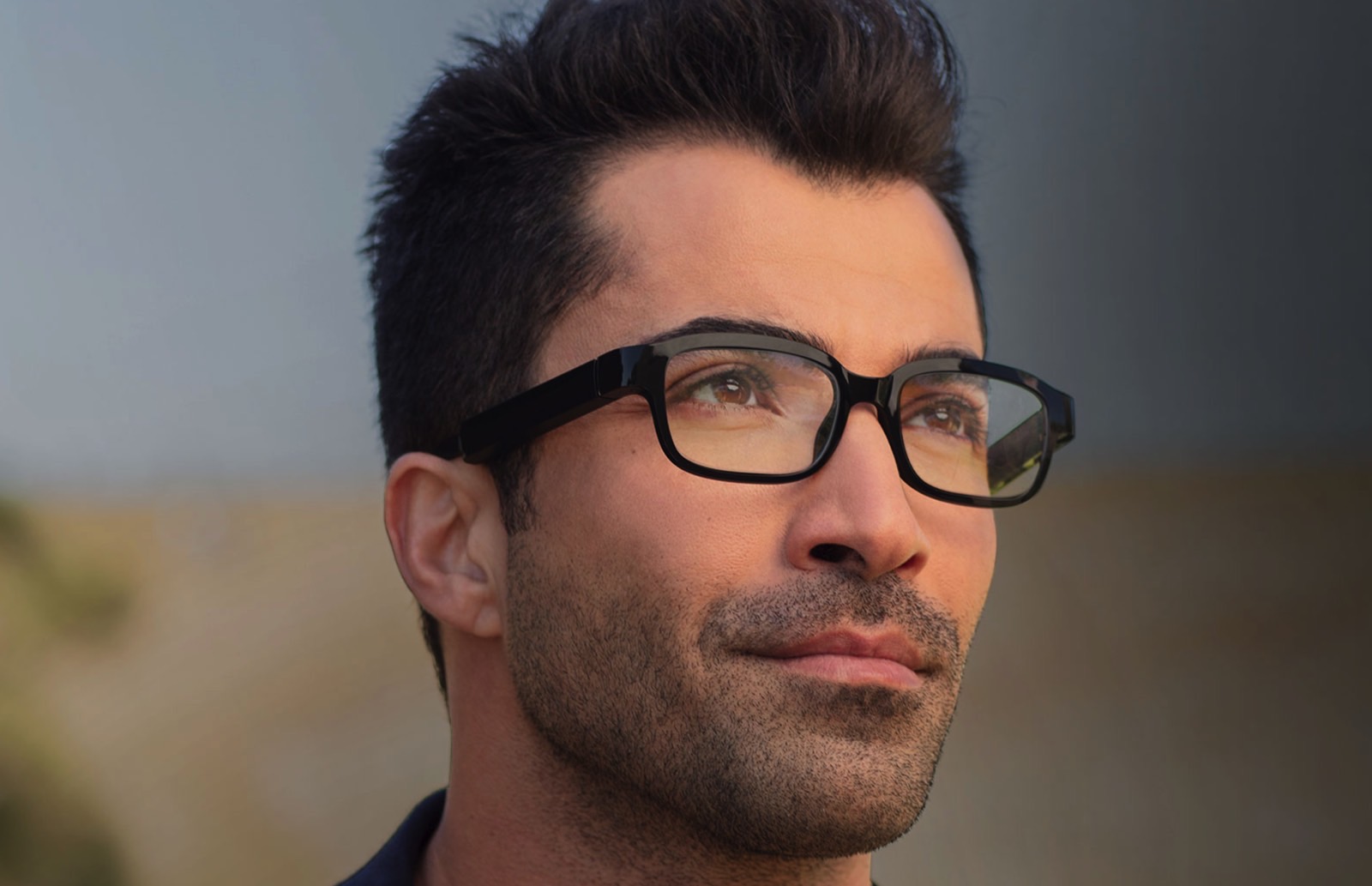Apple is on the cusp of launching one of the most consequential products ever made. Apple’s first-gen AR/VR headset, also known as the mixed reality wearable or Reality Pro headset, might not be a massive success when it comes to sales. But the device could set in motion of chain of events that ultimately leads to an Apple product that can replace the iPhone: The AR glasses of the future.
There’s also the possibility that the new gadget will fail, much like other headsets in the category.
With weeks to go until WWDC 2023, where Tim Cook will unveil the AR/VR headset, a new report details Apple’s development process. The report describes Tim Cook’s initial vision for the product, explaining how this “iPhone killer” should have worked. It also says that Apple is many years from releasing the AR glasses I’m personally dreaming of.
But I’m certainly a fan of Apple’s purported plan to replace the iPhone, and I hope it’ll come to fruition one day.
Why Apple is making AR/VR headsets
Bloomberg’s Mark Gurman provided details about Apple’s unreleased mixed reality device. The well-connected reporter’s newest story adds a lot of information detailing the various stages of development.
Unsurprisingly, Tim Cook never wanted to make a cumbersome VR headset. Instead, he wanted to make unobtrusive AR glasses that could replicate the iPhone’s functionality. But Apple had to make various compromises over the years, including changing the design. Instead of graceful glasses, we’re getting a mixed reality device that works with a separate battery pack:
The device Cook will present, say people familiar with a development process that spread over seven years, has deviated far from his initial vision. Initially imagined as a pair of unobtrusive eyeglasses that could be worn all day, Apple’s device has morphed into a headset that resembles a pair of ski goggles and requires a separate battery pack.
Apple reportedly spent $1 billion a year developing the product, but not all Apple execs are necessarily enthusiastic about it. Along the way, Apple had to change the design from AR glasses to a mixed reality headset, as the company failed to fix a few key issues.
Still, internal projections show that the mixed reality device might potentially become as big of a business as iPad or Apple Watch. That would mean bringing in sales of more than $25 billion a year. But unlike those products, it might take a longer time to get there. The first-gen model might sell fewer than 1 million units in the first year.

Apple’s original AR Glasses vision
Bloomberg’s report highlights Apple’s initial ideas for the product that might one day replace the iPhone. Apple wanted the AR glasses to do everything an iPhone or Mac can:
Apple’s ambition is that customers will eventually wear the device continuously all day, replacing daily tasks done on an iPhone or a Mac such as playing games, browsing the web, emailing, doing FaceTime video calls while collaborating in apps, working out and even meditating. It will feature hand and eye control and run many of the kinds of apps found on Apple’s other devices.
That’s in line with what I envision for the Apple AR glasses that could “kill” the iPhone. Nobody in the industry has come close to creating such a device, however. The Tooz AR glasses you see above offer incredibly limited AR features. The ones below from Amazon are basically just headphones.
Apple can’t get there just yet either. The main issue seems to be giving the AR glasses the same performance as the iPhone while cutting power consumption by 90%:
Apple had realized soon into the project that it wasn’t feasible to build AR glasses that would be sufficiently powerful to be useful. The company’s engineers determined it would have to replicate the performance of an iPhone while using only a tenth of the power to keep from getting too hot.
Apple is still developing the AR glasses, reportedly codenamed N421 internally. But the report says that some engineers have a running joke that N421 is in development only to make Tim Cook happy.
But Apple has slowed the AR glasses development, “all but killing the idea.” The company is at least four years away from introducing the product if it ever happens.
As a consumer, I’m still willing to wait. I trust the first-gen mixed reality headset will help Apple narrow down the use cases for such a device. And that tech innovations that will follow could eventually let Apple deliver the kind of iPhone-killing AR glasses I want.

Will third-party apps save the Reality Pro headset?
Until then, I still plan on getting the Apple mixed reality headset when it comes out, even if it costs $3,000. Even if it’s not what Apple wanted to make. Gurman mentions the same price tag and notes that Apple will sell the headset “roughly at cost. Initially, Apple aimed to sell the device at a loss.
As for the overall experience of the mixed reality headset, Gurman says that not everything expected from the AR/VR headset will be ready in time. Or it won’t work as expected:
Features such as the ability to function as an external Mac monitor and to make multiperson video calls are less advanced than the company initially intended, though it hopes to improve them.
However, Gurman repeats claims that Apple hopes third-party apps will actually save the headset. Unlike the iPhone and iPad, it’s unclear what the mixed reality headset would do. And why people should buy it. In a previous report, Gurman detailed the mixed reality headset’s software features, claiming Apple is throwing everything at the gadget, waiting to see what buyers will use it for.
None of this is official, of course. And Apple will never confirm such stories. But Bloomberg’s full report is available at this link, and it’s a great read, whether you’re excited about Apple’s AR/VR future or not.








